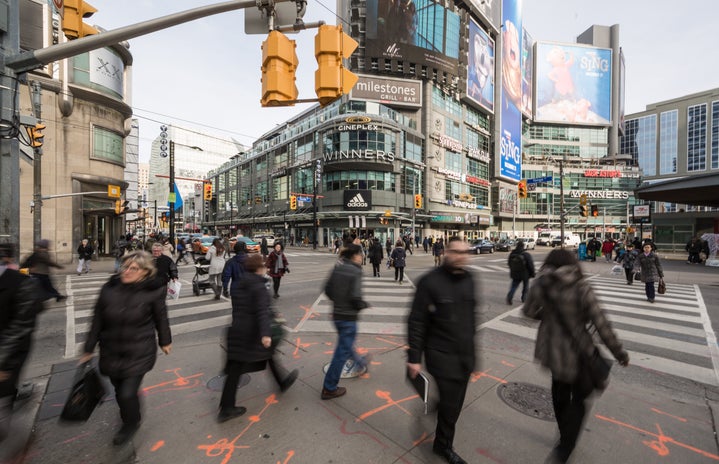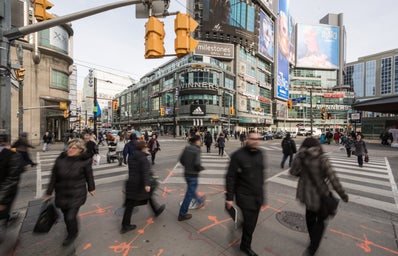It’s been a year since the pandemic started. I was sent home from college in early March last year as an oblivious eighteen year old. I thought that I’d be receiving the vaccine two months later and vacationing with my family in the summer. I expected to be heading back on campus, ready to start a new internship and meet up with my friends once again. Now, I”m still at home continuing online classes. I take a walk once a day with my dog. I spend most of my time on homework and divert the rest of it between Facetiming a friend once a week and watching House of Cards on Netflix. Nothing has changed.
Amid the risks of the coronavirus pandemic and global calls for social distancing, one of the most important facts get lost: We as humans are fundamentally social organisms. Social distancing takes a heavy psychological toll on those of us working and attending online school from home. While experiencing moments of isolation on a daily basis is normal, the pressures of COVID-19 have caused us to struggle with the emotional impact of staying by ourselves and the loneliness that travels with it.
Several research studies have proven that a lack of social interaction can be hurtful to both your physical and mental well-being. Reports from the Johns Hopkins University illustrate that loneliness can lead to increased autoimmune disorders (such as rheumatoid arthritis and lupus), cardiovascular diseases, and diabetes. This separation can also make someone more prone to depression and anxiety disorders. Additionally, social isolation has been proven to be comparable to smoking fifteen cigarettes a day, as both carry the same negative physical consequences. The external stress that arises from daily school and work routines can be toxic and worsen these risks as well.
Experts have been projecting different opinions on how much social contact is safe. While the Center for Disease Control and Prevention (CDC) recommends that social gatherings be limited to ten people, there are still so many music festivals, academic conventions, work gatherings, and concerts that so many of us looked forward to. Different organizations recommend many COVID-friendly activities that we can participate in to keep our minds occupied:
-
Take a walk with your friends and family. It doesn’t matter where–your neighborhood, a local park, or a hiking trail. The important thing is to remain six feet away from whomever you’re with and wear a mask at all times.
-
Video call your friends with FaceTime, Zoom, Microsoft Teams, or any other platform that allows you to see your closest relationships and interact with them. At the beginning of quarantine, Netflix created an extension called ‘Netflix Party’ that allowed you to watch a movie with your friends and family. It’s a fun way to engage with people that are close to you over a shared movie/TV show interest and bond with acquaintances as well.
-
Give yourself a self-care day. Take the time for a nice bath or a face mask. Put away your phone and sit outside in the sun for a little bit. Read a book, paint your nails, make some tea–anything that can get you away from social media. Although it sounds counterintuitive, it can be refreshing to unwind by disconnecting from others and taking time for yourself and your mental health.
You’ve probably done at least one of these three activities this past year, and they probably became more mundane after a while. This is where I believe a change in perspective is helpful in tackling the problems at hand: a rational, practical, and more optimistic one.
The term “social distancing” has a negative connotation to it. It makes it seem as though our closest friends, relatives, and family are all emotionally far. It makes us more socially averse and pushes us to isolate ourselves, fueling a sense of inner cynicism that we might not have felt before the pandemic.
Recently, one of my friends worked as a crisis counselor for RAINN, a sexual assault and domestic abuse hotline. She was telling me about how they’ve received almost double the amount of calls in the past year to convey details about uncomfortable situations, general outlooks on the pandemic, and how COVID has affected their mental health. Several individuals described how even though they were pushed into more mentally challenging situations, having an available hotline where they could talk about their issues helped them overcome some insecurities and improve how they dealt with anxiety surrounding the virus.
It made me think, wait, why do we call it social distancing? Whether they’re close or not, there are people out there willing to listen to you. It doesn’t logically make sense why we can’t call ‘social distancing’ what it actually is: physical distancing, a term coined by the World Health Organization last year in March amidst the coronavirus outbreak. Physical distancing makes the distinction between isolating yourself and maintaining close relationships with tangible barriers. And it’s an important distinction. Choosing the right language matters for your mental health and the dissemination of information. Changing our verbiage can change our outlook drastically.
The New York Times releases reports of individuals recovering quickly from COVID-19 after their two-week quarantine in the hospital and those who have received the vaccine through a clinical trial. Then, the next day Reuters reports that another individual passed away because of the vaccine’s side effects. We don’t know what to think. COVID-19 has created a culture in which people place social pressure on others to finish daunting tasks because we’re just “staying at home”, especially at a time where we’re experiencing distancing fatigue. It’s important not to set expectations for the completion of the COVID-19 vaccine or even the disappearance of the virus, which is a scary, unsettling notion. Last year, I considered this pandemic temporary. I now know that it’s permanent. .Even when the virus does “disappear”, it’s going to have a long-lasting impact on our healthcare system, on schools and teaching styles, on workplace dynamics, and different communities. The only thing that will remain permanent is people continuing to take reach out.
That’s why it’s important to physically distance. Maintain the network while taking extra precautions for those affected greatly by the pandemic. Be sensitive. Be empathetic. If we take such initiative, there is no reason why we can’t remain connected even while apart.


